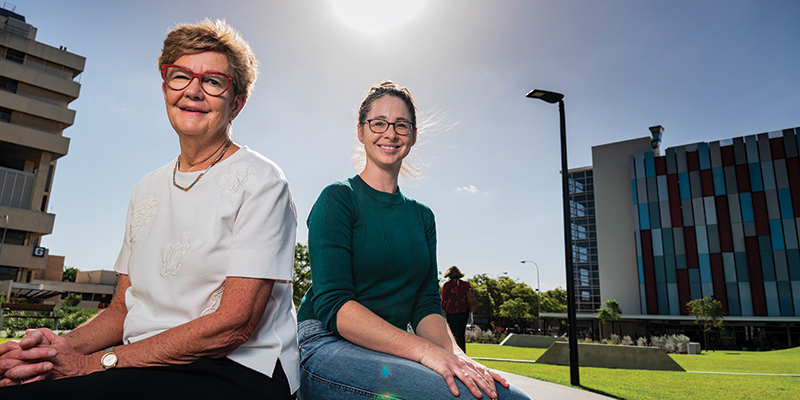Search
Research
Low-dose UV radiation before running wheel access activates brown adipose tissueWhen combined with physical activity, low-dose UVR may more effectively limit adiposity and modulate metabolic and immune pathways in iBAT
Research
Tracking of Vitamin D status from childhood to early adulthood and its association with peak bone massThere are moderate associations between vitamin D status measured in prepuberty, adolescence, and early adulthood
Research
World Allergy Organization-McMaster University Guidelines for Allergic Disease Prevention (GLAD-P): Vitamin DVitamin D is involved in the regulation of the immune system and it may play a role in the development, severity and course of asthma and other allergic...
Research
Vitamin D supplementation, moderate sun exposure, and control of immune diseasesThere is considerable debate about the benefits of vitamin D supplementation for multiple sclerosis, allergic asthma, and type 1 diabetes.
Research
Gene-vitamin D interactions on food sensitization: A prospective birth cohort studyIt has been hypothesized that vitamin D deficiency (VDD) contributes to the development of food sensitization (FS) and then food allergy.
Research
UV inhibits allergic airways disease in mice by reducing effector CD4 T cellsIn human asthma, and experimental allergic airways disease in mice, antigen-presenting cells and CD4(+) effector cells at the airway mucosa orchestrate, and CD4

News & Events
Sunny outlook for allergy-prone bubFelix was one of 195 children to take part in Dr Debbie Palmer’s research into sunlight exposure, vitamin D and eczema.

News & Events
Let the sun shine inFor decades Aussies have been told to minimise sun exposure to prevent skin cancer - now researchers at Telethon Kids are challenging that message.
Research
Relationship between group B Streptococcal rectovaginal colonization and Vitamin D deficiency in pregnant womenVitamin D has been recognized to have a significant impact on modulating immune response in the host body. The relationship between deficiency of Vitamin D and rectovaginal colonization with Group B Streptococcus (GBS) in pregnant women is still not well understood.
News & Events
Research symposium to hear how sunscreens proved no threat to vitamin D production in recent European studyLeading international and national experts will gather at The Kids Research Institute Australia on Friday for a D-Light Research Symposium.
